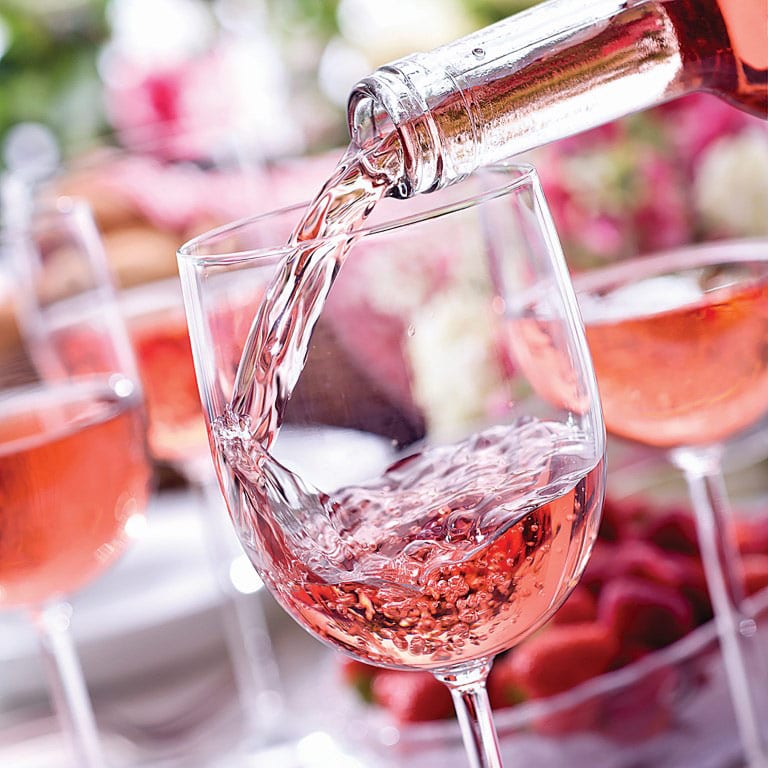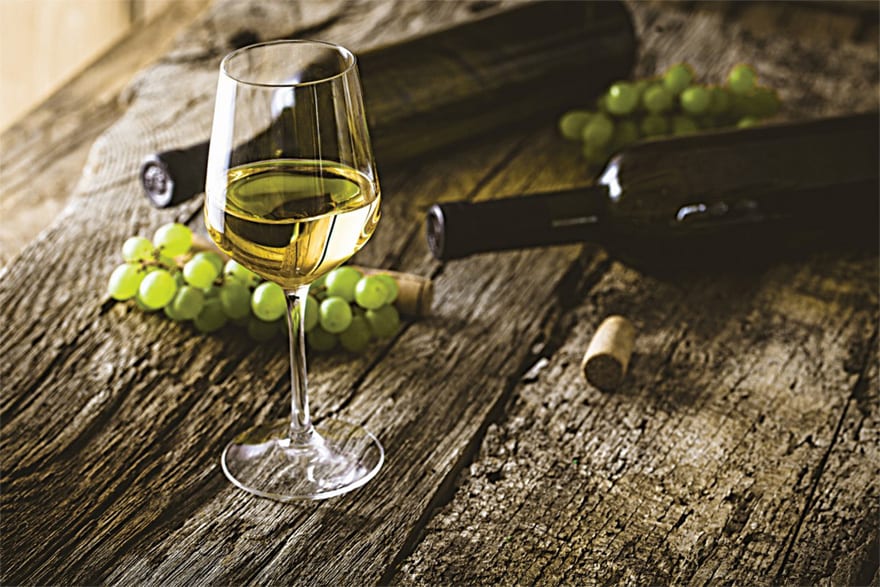Often, many of us are caught in a situation where we are looking at a wine list, wanting to order a particular kind of wine, but without knowing what to look for. But to learn the basic knowledge necessary to order wine, it is enough to be familiar with just nine wine styles
Traditionally, there are two ways to understand wine: by the variety and by region. This approach is very precise, but a simplified method is also possible by classifying various grape varieties through nine wine styles. Because most wine falls under these main nine styles that include red and white, rosé, sparkling and dessert wines.
FULL BODIED RED WINES WITH RICH FLAVOUR
 As a rule, full-bodied red wines contain more tannin, a higher percentage of alcohol and aromas of dark fruits, such as blackcurrant, blackberry, blueberry. Because they are characterized by a large amount of pigment, they have a higher level of anthocyanins that positively affect cardiovascular health.
As a rule, full-bodied red wines contain more tannin, a higher percentage of alcohol and aromas of dark fruits, such as blackcurrant, blackberry, blueberry. Because they are characterized by a large amount of pigment, they have a higher level of anthocyanins that positively affect cardiovascular health.
They are distinguished by a wide range of aromas and are well-matched with strong and spicy food. Usually, they are served in large, wide-rimmed glasses.
MEDIUM-BODIED RED WINES WITH STRONG TEXTURES
In the middle of the scale from light to full-bodied wines, red wines of the medium body are especially suitable for matching with food. Typical examples of this style are Sangiovese and merlot. Wines made from these varieties can be of different styles, due to regional differences in growing and production.
LIGHT AND FRESH RED WINE
Delicate with very subtle aromas, light red wines are perfect for those who want to avoid alcohol going to their head. Due to its affordable nature, it is appreciated among experienced collectors, but also by beginners. Light red wines stand for a smaller amount of tannin, fine acids, slightly less alcohol and red fruits. They are usually served in round glasses.
Rosé is wine made of red grapes using white wine technology and as such a turning point between white and red wine with a tendency to behave like white. That is why, as a rule, rosé is served cooled. Those of better quality have a light pink colour, the colour of onion or salmon, and are mostly very dry. This style is most commonly produced in the Mediterranean, southern France, the eastern coasts of Spain and Italy, while in our region for a long time semidry and semi-sweet Rosé was popular, with a strong aroma of red berries or rose, commonly produced from pinot noir, game, prokupac varieties…
Rosé is wine made of red grapes using white wine technology and as such a turning point between white and red wine with a tendency to behave as white
FULL AND STRONG WHITE WINE
 Rich white wines generally go through a similar treatment to red at the winemaker’s, to obtain strong flavours and aromas, which may make them look red.
Rich white wines generally go through a similar treatment to red at the winemaker’s, to obtain strong flavours and aromas, which may make them look red.
It is common for such white wines to be stored in oak barrels to infuse a classic note of vanilla or coconut and to go through a process called malolactic, whereby sharp lactic acids become milder, alleviating the overall acidity of the wine. Many white wines of the full body can be kept up to ten years.
LIGHT AND DRY WHITE WINES
Like a strike of lightning on the palate, white wines of this style are wine equivalent to light beer – they are appreciated for their refreshing properties. Expressions such as dry, sharp, fresh, sparkling, spicy, can often be heard in describing wines of this style. It is best to drink them while they are young, a year or two after harvest, to take advantage of fresh, fruity aromas and pleasant acids. Of all the wine styles, light and dry white wines usually have the best price/quality ratio.
AROMATIC AND SWEET WHITE WINES
The flavours of fruity and floral aromas are simply flowing from the glass of these wines. Often they are made in a style that involves the use of residual sugar from grapes. However, as with good lemonade, this sweetness is essentially used to balance aggressive acidity or bitterness in the wine. Sugar is there for balance, not just for sweetness. If they did not keep a certain amount of natural, unprocessed sugar, these wines would be too bitter or acidic for drinking.
Usually, they are followed by the description “harmoniously sweet”. What is important to consider is that sweetness is not an inherent feature of grape, since the presence or absence of sugar in wine is a decision that is taken during its making.
Dry wine can be made from each variety of grape, even those that are usually connected with sweet styles.
Riesling is a typical example of this. It is not possible to smell sweetness, but only aromas associated with sweet tastes, but until a sip is taken, there is no way to know if the wine is sweet or dry. The grape varieties mentioned below are excellent for exercising the palate to recognize the difference between sweetness (flavour) and fruitiness (aroma).
The secret behind the bubbles in champagne lies in adding a special mixture of sugar and yeast called liqueur de tirage to a dry white wine. Liqueur de tirage causes secondary fermentation inside the bottle, which creates bubbles
DESSERT WINES
 To preserve the natural sweetness of dessert wines, fermentation is stopped before the yeast eats all the sugar. When this is done, wine with a lower level of alcohol is usually obtained, but since for dessert wines it is permissible to add other alcohols or wine distillates (grape brandy of neutral taste), these wines eventually contain about 17-20 per cent alcohol.
To preserve the natural sweetness of dessert wines, fermentation is stopped before the yeast eats all the sugar. When this is done, wine with a lower level of alcohol is usually obtained, but since for dessert wines it is permissible to add other alcohols or wine distillates (grape brandy of neutral taste), these wines eventually contain about 17-20 per cent alcohol.
Due to the high amount of alcohol and sugar, dessert wines are appreciated and designed to drink in small quantities from smallish glasses. Of course, there are other options in the category of dessert wines besides those with added alcohol (such as sherry, madeira and porto).
Tokajac, Chenin Blanc from the Loire Valley and many other wines are called “naturally sweet” dessert wines. Sugar is usually concentrated in them due to some type of dehydration, or under the influence of mould, not by adding alcohol.
CHAMPAGNE AND SPARKLING WINES
The secret behind the bubbles in champagne lies in adding a special mixture of sugar and yeast called liqueur de tirage to a dry white wine. Liqueur de tirage causes secondary fermentation inside the bottle, which creates bubbles. However, not all sparkling wines are made in this way.
Wines such as prosecco and Lambrusco are produced by boiling in a tank under pressure and then filling into bottles. Low-quality sparkling wines get their gas by carbonization. Sparkling wines are distinguished by bubbles and high acids, and in colour, they stretch from white through pink to red.
Sparkling wines have been associated with celebrations for centuries, giving them the role of a welcome drink, but they are actually well-matched to a wide assortment of food.